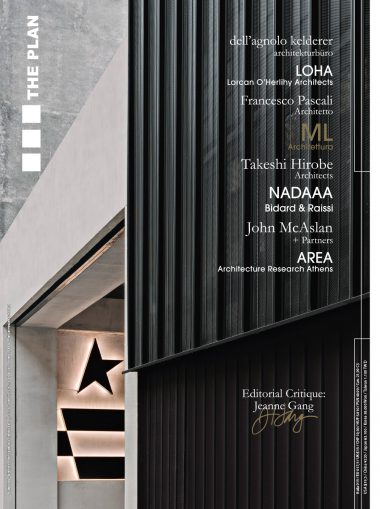The Plan — “Revaluing Brutalist Architecture"
Author
Jeanne Gang
Publication
The Plan no. 130 (May)
Year
2021
In this editorial critique, Jeanne discusses why saving concrete buildings from the 1960s and ’70s is environmentally urgent as well as historically important—and poses intriguing ideas about how architects can discover new agency and creative possibilities through expanding their approach to working with existing buildings.
‘Brutalist architecture of the 1960s and 1970s has been enjoying a renaissance of attention over the past decade or so, featured in a spate of surveys, exhibitions, books and social media. Celebrating its photogenic Instagramability, unpacking (or rehashing) its theoretical origins, and warning of its endangered status and vulnerability, these projects have brought this era of buildings out of the seminar room and into wider recognition. The recent attention is evidence that architects and others admire Brutalism, seeing something in this work that speaks to our contemporary sensibilities. It has not, however, secured the fate of most concrete architecture that is nearing or past 50 years old. . . . Our buildings from this period – especially those that use concrete so prominently – are not just a set of cultural and technical artifacts. They also tell the story of the Anthropocene. And beyond the symbolic, they literally embody an enormous amount of carbon, the sum of which was released into the atmosphere when they were built. To demolish and replace them compounds this pollution and our present crisis. Choosing instead to renovate and reuse them saves a great deal of embodied carbon emissions. . . . This is where the vast number of everyday concrete buildings of the 1960s and ’70s, long overlooked for their lack of prominent authorship and rare qualities, suddenly present themselves anew. Why not see them as a palette of possibility, a prompt for design speculation that keeps carbon in place and allows for exciting approaches to reuse? Liberated by their “ordinariness” from traditional preservation approaches and concerns, they can become a worldwide infrastructure of experimentation—demonstrating how 21st-century environmental imperatives can unleash a new era of creativity and design innovation.’
